
Reading Time: 5 minutes
Taking a car out of long-term storage can be a bit of a hassle, especially if the vehicle has been stored for a long period of time. Same applies if it’s a modern car with complex computer systems. However, with the right steps and preparation, you can get your car back on the road in no time.
Extended periods of car storage can damage a vehicle. These issues can impact its performance and longevity. A classic car, especially, requires extra special care.
What Happens During Long-Term Car Storage
Here are some of the things that can happen to a car during long-term storage:

Battery Discharge:
If the battery is not disconnected or kept charged, it can discharge over time, making it difficult to start the car when it’s taken out of storage.

Tires Deflate:
Tires can lose pressure over time, especially if they are not being used. This can cause flat spots to form and can reduce the overall lifespan of the tires.

Engine Staling:
If the engine is not run regularly, oil and fuel can become stale and build up in the engine, potentially causing damage.

Rust and Corrosion:
Metal parts that are exposed to moisture can rust and corrode over time, causing damage to the engine and other parts of the car.

Rodent Damage:
Rodents and other pests may nest in the car, causing damage to the upholstery, electrical wiring, and other parts of the car.

Brake System Deterioration:
The brake system may seize or corrode if it’s not used for an extended period of time, making it difficult to stop the car when it’s taken out of storage.
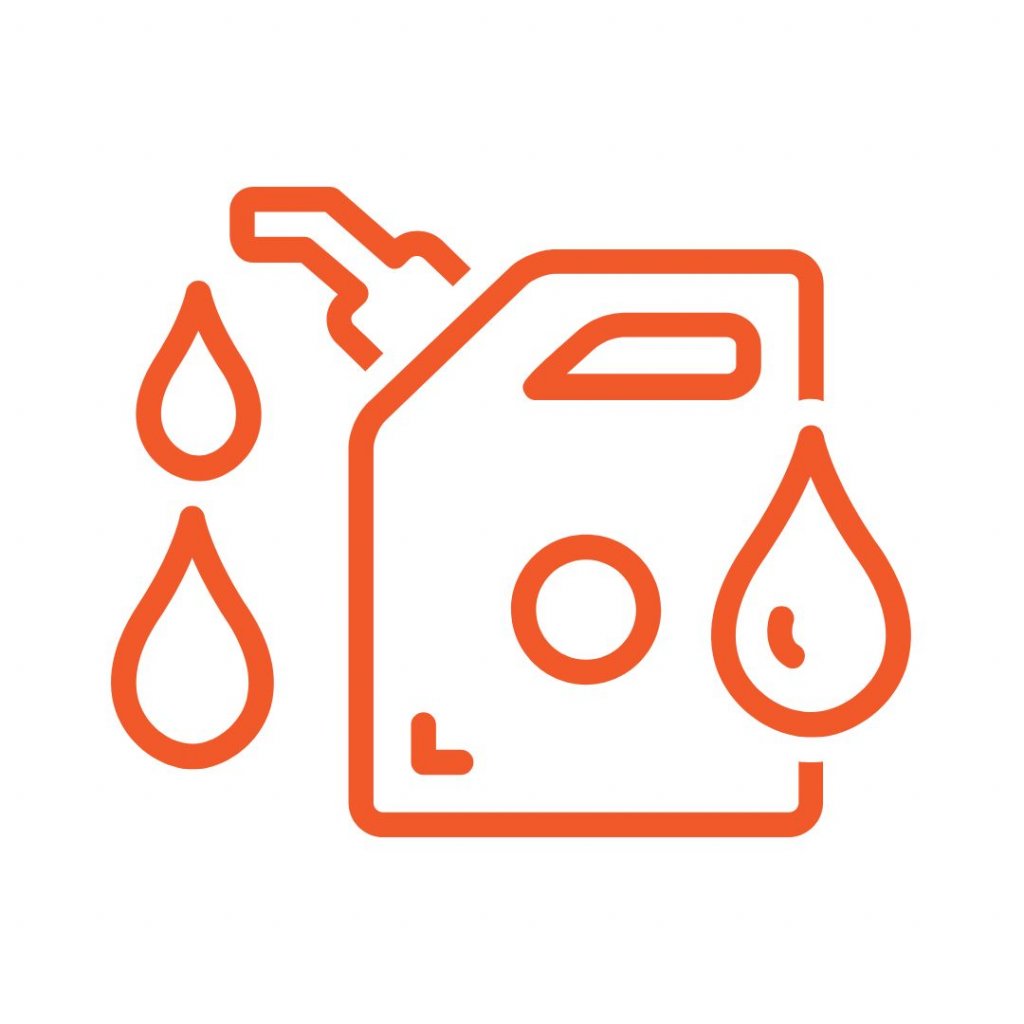
Fuel System Deterioration:
If the fuel system is not properly treated with fuel stabilizer, the gasoline can become stale and clog the fuel system, causing damage, reducing performance, and affect the fuel efficiency.
To prevent these issues from occurring, it’s important to properly prepare your car for long-term storage. DIY car maintenance may include adding fuel stabilizer, disconnecting the battery, and inflating the tires to the recommended pressure. If you have any concerns or questions, consult with a mechanic or auto specialist for more information.
Steps to De-Winterize a Car
So whether you’re shipping your car to Hawaii for your student, or whether you’re a snowbird leaving for summer, you should de-winterize your car.
Remove any winterization measures after winter. This could include adding anti-freeze to the engine or disconnecting the battery. Begin by re-connecting the battery and checking that all electrical systems are working properly.
Here’s a comprehensive guide on how to de-winterize a car, take a modern computer car out of 7-year storage, re-register it, and remove it from storage on USAA:
It’s a Good Idea to Check from top to Bottom
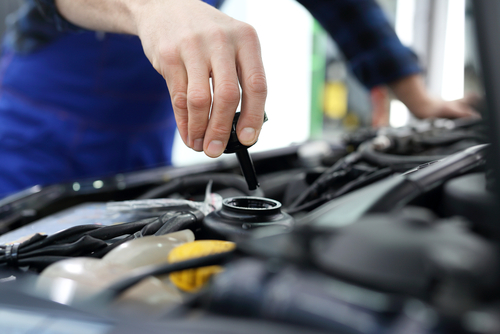
Check Fluids
Check the oil, transmission fluid, brake fluid, power steering fluid, and coolant levels. Top up any fluids that are low and replace any fluids that have gone bad.
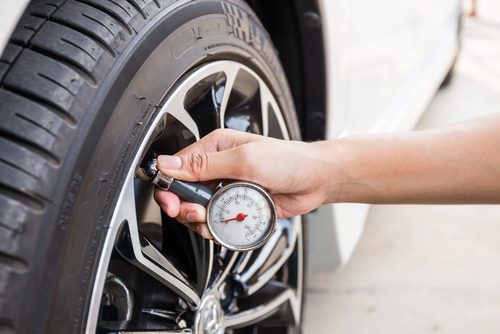
Check Tires
Check the tire pressure and tread depth. If the tires are flat, inflate them to the recommended pressure and check for any signs of damage or dry rot. If the tires are in poor condition, consider replacing them.
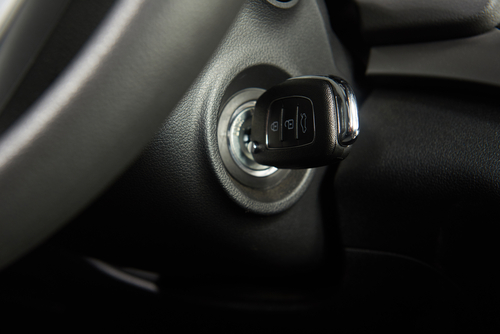
Start the Engine
Start the engine and let it run for a few minutes to circulate the fluids and get the engine up to operating temperature. Check for any warning lights or unusual sounds.

Take it for a Drive
Take the car for a short drive to help dry remaining moisture out of the system and check that everything is working properly. Pay attention to the brakes, steering, and transmission especially.
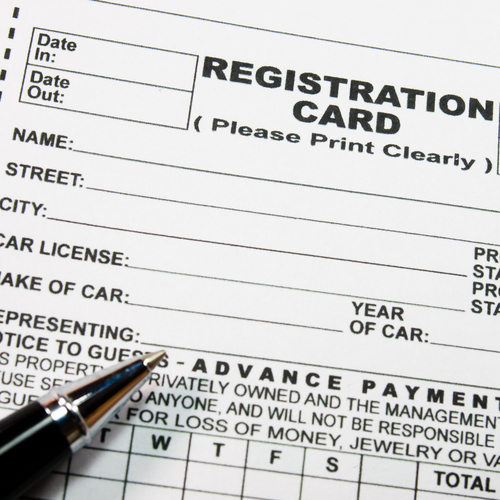
Re-register the Car
If you’re taking the car out of storage to put it back on the road, you’ll need to re-register it with your local Department of Motor Vehicles. This will typically involve providing proof of ownership, paying any outstanding fees, and passing a safety inspection.
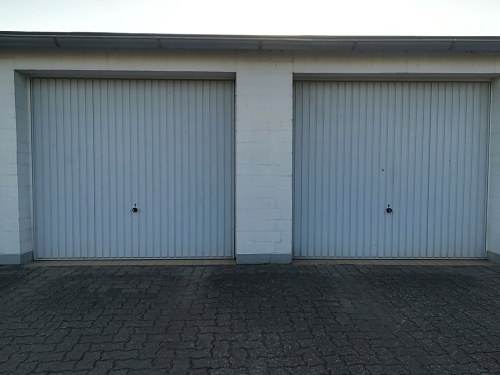
Take it Out of Storage on USAA
If you have your car stored with USAA, simply call their customer service line to schedule a time to pick up your vehicle. They will provide you with any necessary paperwork and assist with the process of removing the car from storage.
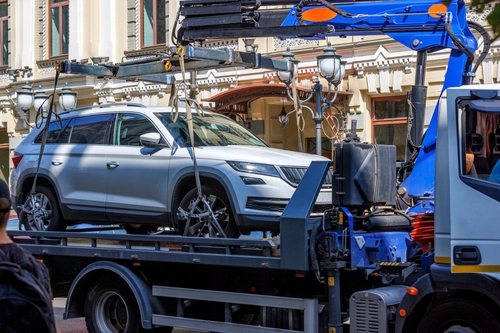
Taking a Car Out of Tow Storage
If your car has been in tow storage, you’ll need to retrieve it from the impound yard. You’ll need to pay any outstanding fees and provide proof of ownership before you can take the car back.
A final word on car storage…
In conclusion, taking a car out of storage requires some preparation and attention to detail. By following these steps, you can ensure that your vehicle is in good working order and ready to hit the road. If you have any concerns or questions about the process, consult with a mechanic or auto specialist for more information. We also have a post about car storage tips for winter, so check it out!
Need to ship your car to or from a storage facility? Nationwide offers you a whopping 20% OFF your first shipment.

Get 20% OFF Car Shipping
If you’re in the process of moving cars, consider Nationwide Auto Transportation. We offer safe and reliable car shipping services across the country. Rely on our team to find the best solution for your unique needs.
Check out our car shipping quote calculator and get 20% OFF your first shipment.



